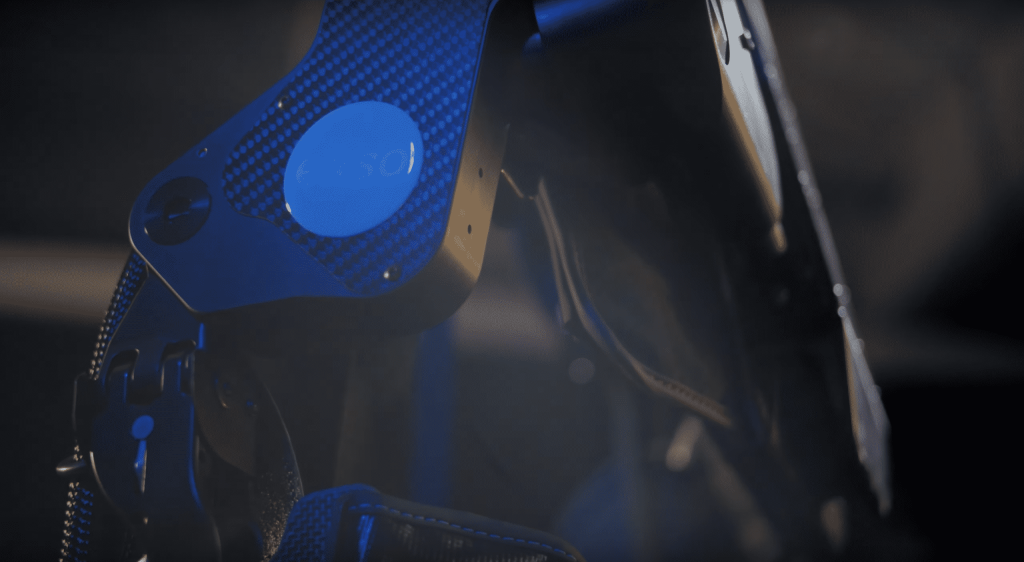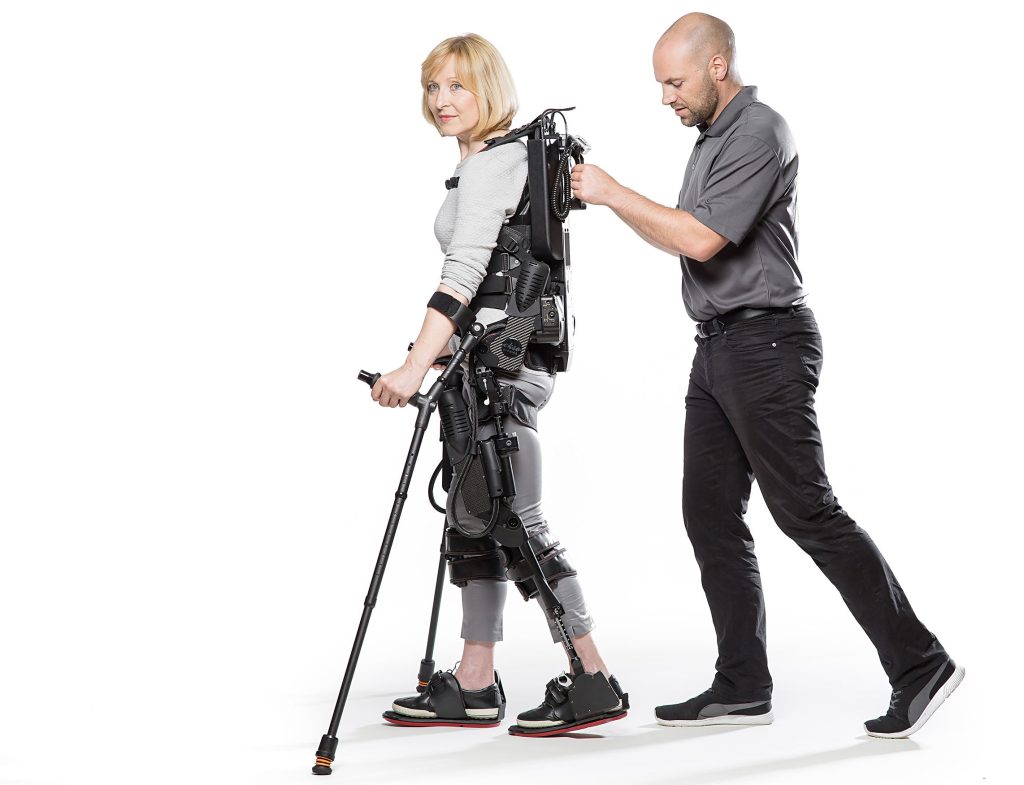Paralysis is a devastating diagnosis, one that nobody wants to hear. But it’s dramatically more widespread than you may assume. About 1.7 percent of the U.S. population are living with some form of paralysis, which is a central nervous system disorder that results in difficulty or inability to move the lower or upper extremities. The leading cause of paralysis is stroke, followed closely by spinal cord injury.
There is hope on the horizon. In fact, it’s already here. Human exoskeletons are mobile frameworks with a bright future, as they are giving back a sense of movement and control for people who are paralyzed.
Take disruptive clinical robotics, for example, like those developed by our teams here at Ekso Bionics. Our wearable technology has helped thousands of patients take more than 130 million steps that may have never been possible before. We’re rethinking rehabilitation with the rise of the human exoskeleton, with a mission to help people with paralysis regain full or partial mobility.
While some exoskeletons have long been used as an assistive device for those with paralysis, providing 100 percent of the power needed to walk, breakthroughs such as EksoNR now offer the ability to actively challenge the patient piloting the device. Physical therapists can rely on EksoNR to meet the patient at their current capabilities and challenge them further in order to create progress.

Such human exoskeletons promote proper posture and a natural gait, allowing therapists to focus more on quality during treatment. It’s an ideal solution for people after a neurologic event like a stroke because research suggests it improves patient gait speed, functional balance, and walking distance outside of the device.
These exosuits can’t fix the disease or paralysis. They can’t fix the injury or turn back time. One thing they can do is postpone secondary injuries due to sitting, which provides an overall better quality of life. In essence, they are prolonging life. When patients are up and moving, rather than inactive in a bed or wheelchair, they’re being active, improving their overall health and enhancing their quality of life – not just for themselves but for their kids, spouses, and other family members.
The Possibilities of Exosuits
Helping people affected by paralysis walk again: this is the hope of the many scientists, researchers, therapists, and engineers who have ever worked on an exoskeleton suit for people with disabilities. Such suits have given new life and hope to many all over the world. With the help of robotic exoskeletons, people with paralysis are able to walk their daughters down the aisle for their weddings, participate in sports again, and even move all four limbs with mind control robotics. There are many mind-blowing, heart-warming stories out there about exoskeletons, but incredibly, they haven’t hit their full potential yet.
Bionic exoskeleton suits represent another step – quite literally — for robotics and wearable technology that can help those with paralysis and other mobility challenges now and in the future.
Helping Those with Paralysis Walk Again…One Step at a Time
Our EksoNR technology is designed to assist patients in standing and walking during rehabilitation, helping clinicians offer the necessary support to a patient’s legs. In turn, this device promotes correct movement patterns through all steps of recovery, challenging patients as they progress towards their goal of standing and walking again. In essence, these suits re-teach the brain and muscles how to properly walk again.
We offer the following benefits to help people with paraplegia take steps again:
- SmartAssist Software: Customized motor support for varying impairment levels in both swing and stance walking phases, from patient-initiated movement to full assistance.
- Data Capture: Session-specific walking times, distances, and speeds are saved to a secure, cloud-based dashboard for analytics.
- Posture Support: Bearing their own weight with proper postural alignment, patients can maximize treatment time.
- Pre-Ambulatory Tools: PreGait is a suite of programs to help patients weight shift, balance, squat, and step in place prior to walking.
- Adaptive Gait Training: Sensors and software monitor and regulate leg movement to reduce compensatory gait patterns.
- Clinician Control: Modify assistance levels and specify training targets in real-time for each leg based on patient goals and feedback.

Contact Ekso Bionics
Ekso Bionics has created the most widely-studied exoskeleton for rehabilitation, with more than 1,800 patients participating in more than 100 investigator-led clinical studies. Learn how we can enhance functional outcomes across all levels of paralysis care. Contact us at 510-984-1761.